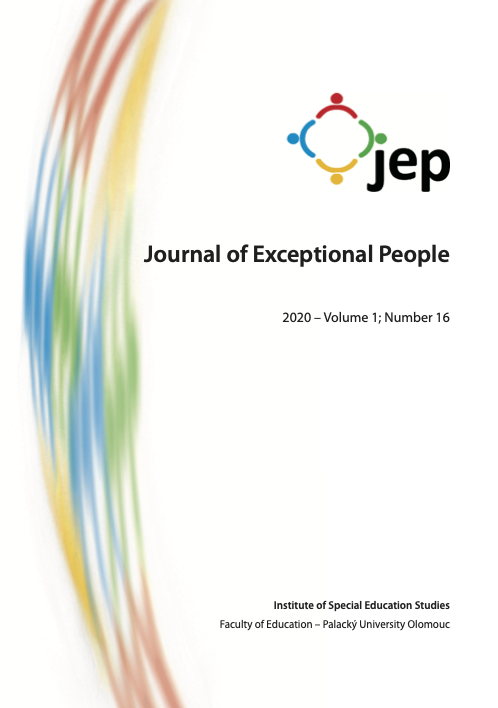Indicators of inclusion within pro-inclusive kindergartens in Slovakia and abroad
Indicators of inclusion within pro-inclusive kindergartens in Slovakia and abroad
Author(s): Timea TóthováSubject(s): Anthropology, Education, Psychology, Inclusive Education / Inclusion
Published by: Univerzita Palackého v Olomouci
Keywords: inclusive kindergarten; ecology of inclusive education; responsibilities of inclusive kindergartens; adaptability of preschool environment
Summary/Abstract: A characteristic of inclusive kindergarten teachers is that they have different expectations from different children. They also work with the context – classroom and kindergarten environment so that every child can engage and participate in activities of interest without being disturbed. Teachers and other professionals in pro-inclusive kindergarten attempt to know children’s microsystems and proactively co-create their mesosystem, meaning the supportive cooperative relationships between the kindergar- ten – family – peers – or out-of-school facilities that children regularly visit. Bronfen- brenner (1979), within the theory of ecological systems, defined the individual structures of environmental systems: micro-, meso-, exo- and macro-systems, in which child de- velopment takes place. Through this ecosystem framework, he drew attention to the importance of mapping important environments which children are part of, in which they develop and mature. Although this illustrative ecosystem framework has not been conceived by Bronfenbrenner in favour of an inclusive approach in the school environ- ment, its application studies oriented on inclusion and inclusion indicators in school environment is now undisputed. In this study we describe research focused on the envi- ronment of five pro-inclusive kindergartens – the structure of children’s mesosystem in specific kindergartens. The aim of the research was to explore “good inclusive practice” at pre-primary level of education, to map ways of internal functioning of visited kin- dergartens, their philosophy, the way of thinking about children, their needs and forms in which they cooperate with families.
Journal: Journal of Exceptional People
- Issue Year: 1/2020
- Issue No: 16
- Page Range: 65-78
- Page Count: 14
- Language: English

